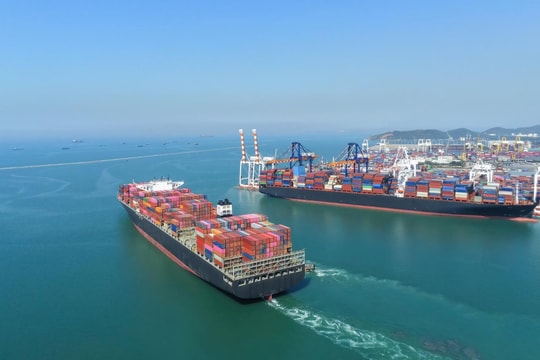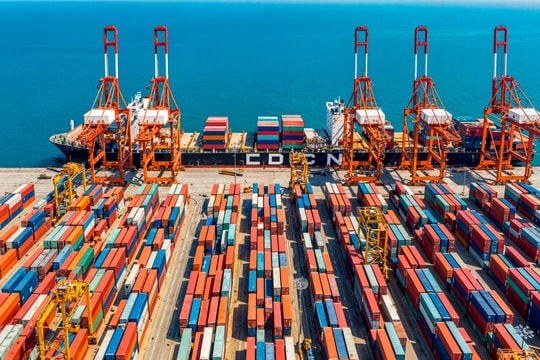Tariff Delay Proposal and Commitment to Increase Imports
Immediately after the U.S. announced the 46% tariff on Vietnamese goods, Prime Minister Pham Minh Chinh proposed a 45-day postponement of the tariff implementation, allowing time for both sides to negotiate. At the same time, Vietnam committed to increasing imports of American products, including defense and security-related goods, in order to reduce the trade surplus and signal goodwill in cooperation.
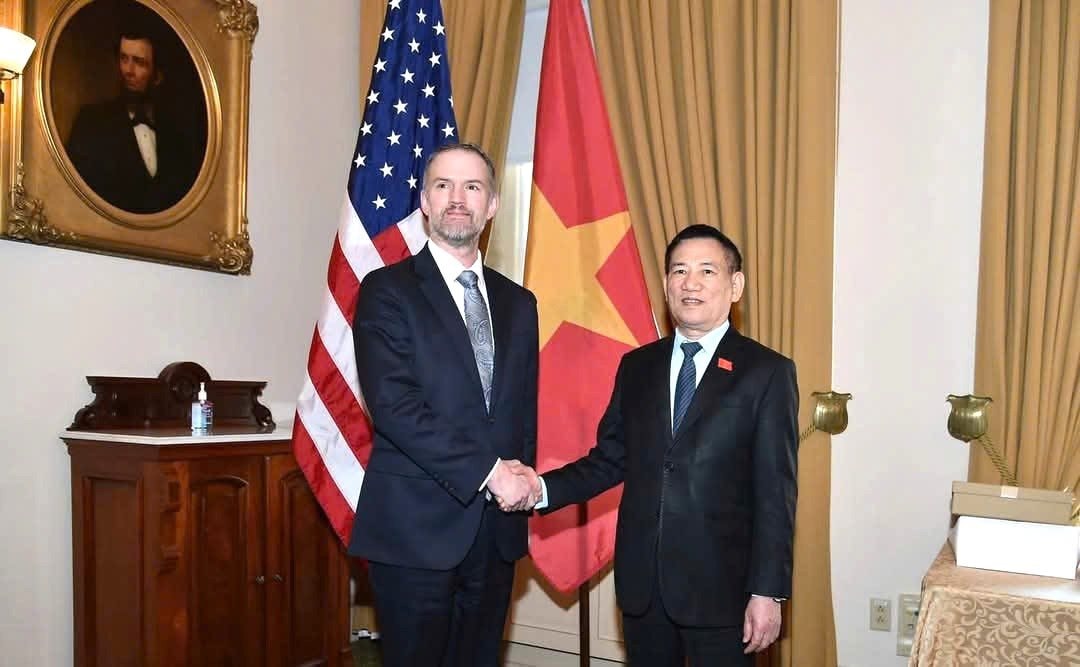
Photo: Vietnam News Agency
Although at noon on April 9 (U.S. time), about 12 hours after the retaliatory tariffs initiated by President Donald Trump officially took effect on 180 trading partners, Mr. Trump announced a reduction of the tariff rate to 10% and a 90-day delay in implementation—but only for certain countries that did not retaliate. China, however, saw its tariff rate increased to 125%, after it announced an 84% retaliatory tariff on U.S. goods.

In a phone call on April 4, 2025, General Secretary To Lam and President Donald Trump agreed to continue discussions to reach an agreement on tariffs, with the possibility of a direct meeting in the near future.
Responses from Trade Organizations and the Business Community
Organizations such as the Vietnam Chamber of Commerce and Industry (VCCI) and the American Chamber of Commerce in Hanoi (AmCham) jointly sent a letter to U.S. Secretary of Commerce Howard Lutnick, expressing concern over the high tariff and requesting a delay in its application. They emphasized that the 46% tariff was “shocking” and could negatively affect bilateral trade relations.
The business community, particularly in the textile, footwear, and electronics sectors, voiced concerns over their competitiveness in the U.S. market and are actively seeking solutions to adapt to the new situation. Many enterprises are considering diversifying their export markets and exploring opportunities in other regions such as the European Union and Japan.
Supplementary Economic Measures and Domestic Policy Adjustments
In addition to boosting imports from the U.S., Vietnam has implemented other economic measures to reduce the trade surplus and meet U.S. expectations. Specifically, Vietnam has considered lowering import tariffs on several U.S. products, including liquefied natural gas (LNG), automobiles, and ethanol. These tariff reductions aim to promote imports of such products while facilitating access for U.S. businesses to the Vietnamese market.
Furthermore, Vietnam has allowed SpaceX to provide its Starlink satellite internet service in Vietnam, showing openness to cooperation with American technology firms and promoting technology transfer.
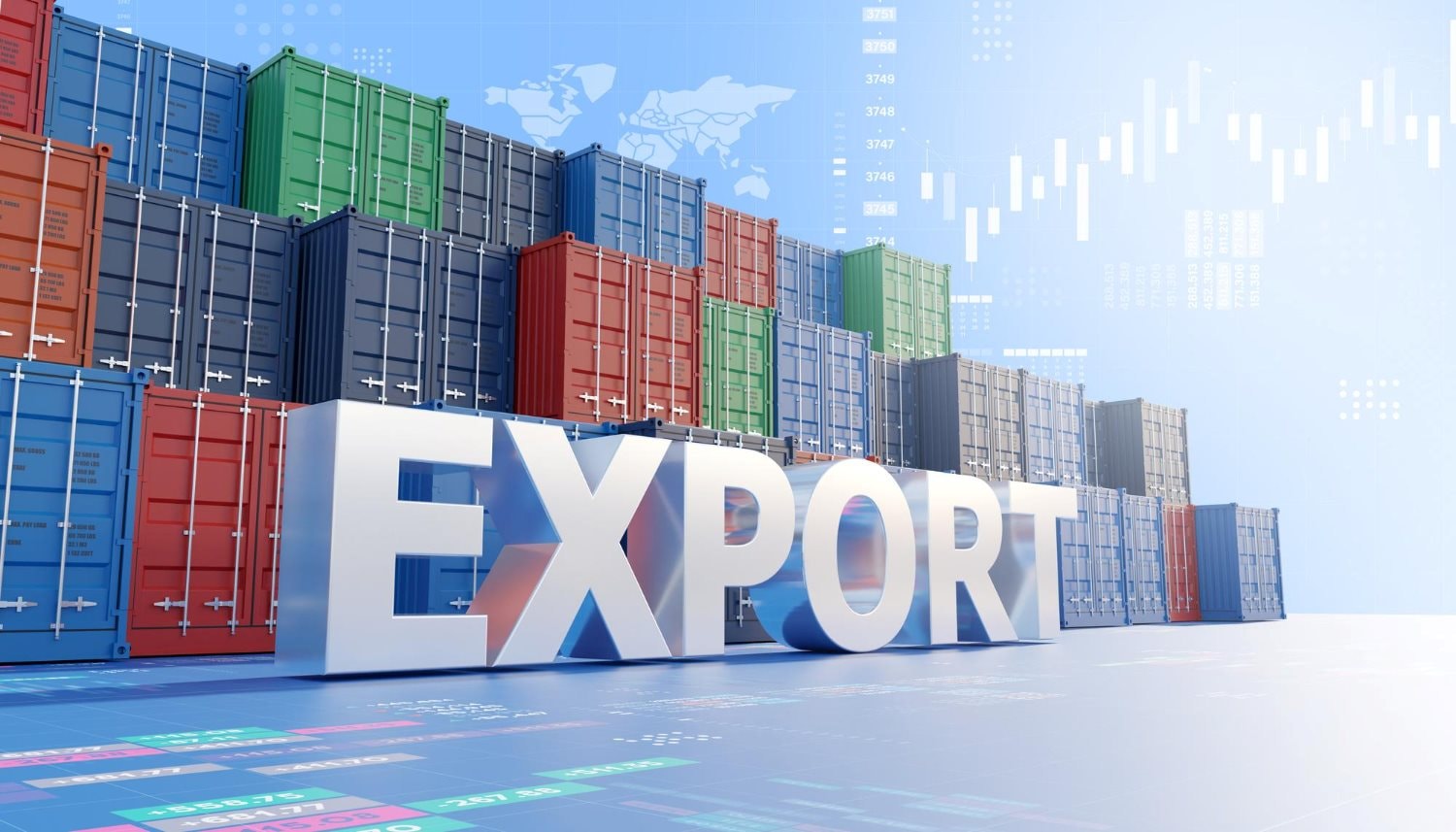
The Vietnamese government has also established special working groups to review and adjust economic policies, including monetary policy, exchange rate management, and non-tariff barriers, in order to ensure a favorable business environment and compliance with international standards.
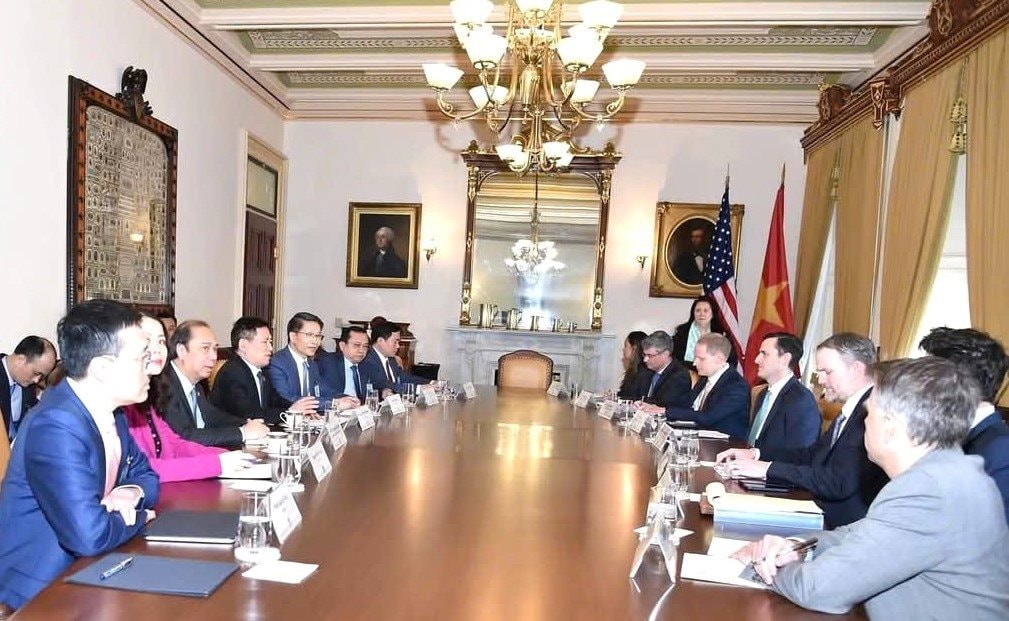
Photo: VGP/ Tran Manh
Negotiation Outlook
Vietnam’s diplomatic and economic efforts have received positive responses from the United States. President Donald Trump described his phone call with General Secretary To Lam as “very effective” and expressed a desire to reach a fair trade agreement between the two nations.
Negotiations are still ongoing and no specific outcomes have been announced. Vietnam continues to pursue a strategy of increasing imports from the U.S. and improving the trade balance, while maintaining open dialogue with American partners to seek mutually beneficial solutions.
The imposition of a 46% tariff by the U.S. on Vietnamese goods poses a significant challenge to Vietnam’s economy and its business community. Nonetheless, through flexible diplomacy and close coordination between the government and trade organizations, Vietnam has shown its resolve to protect national interests and sustain a strong trade relationship with the United States. Amid global economic uncertainties, proactive adaptation and strategic responsiveness will be key factors in helping Vietnam overcome this challenge and continue its path of development.



.jpg)
.jpg)
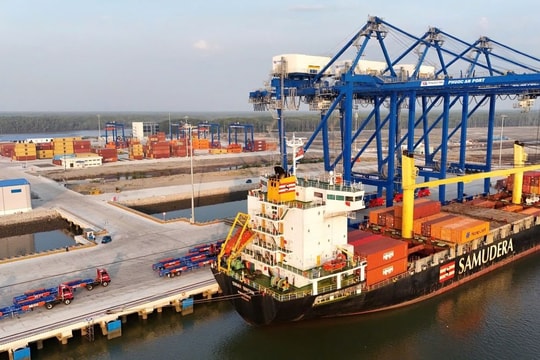
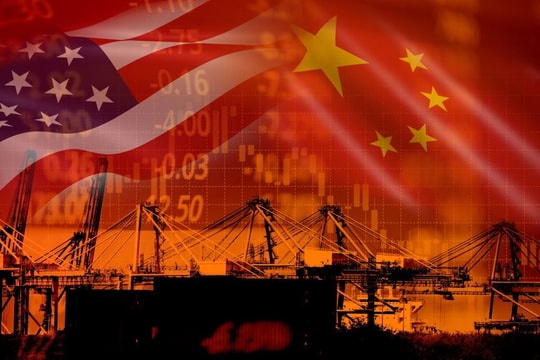
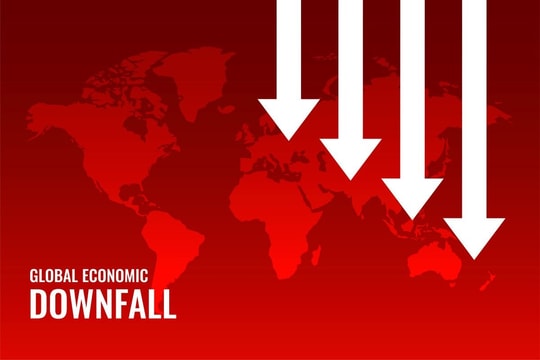
.png)



